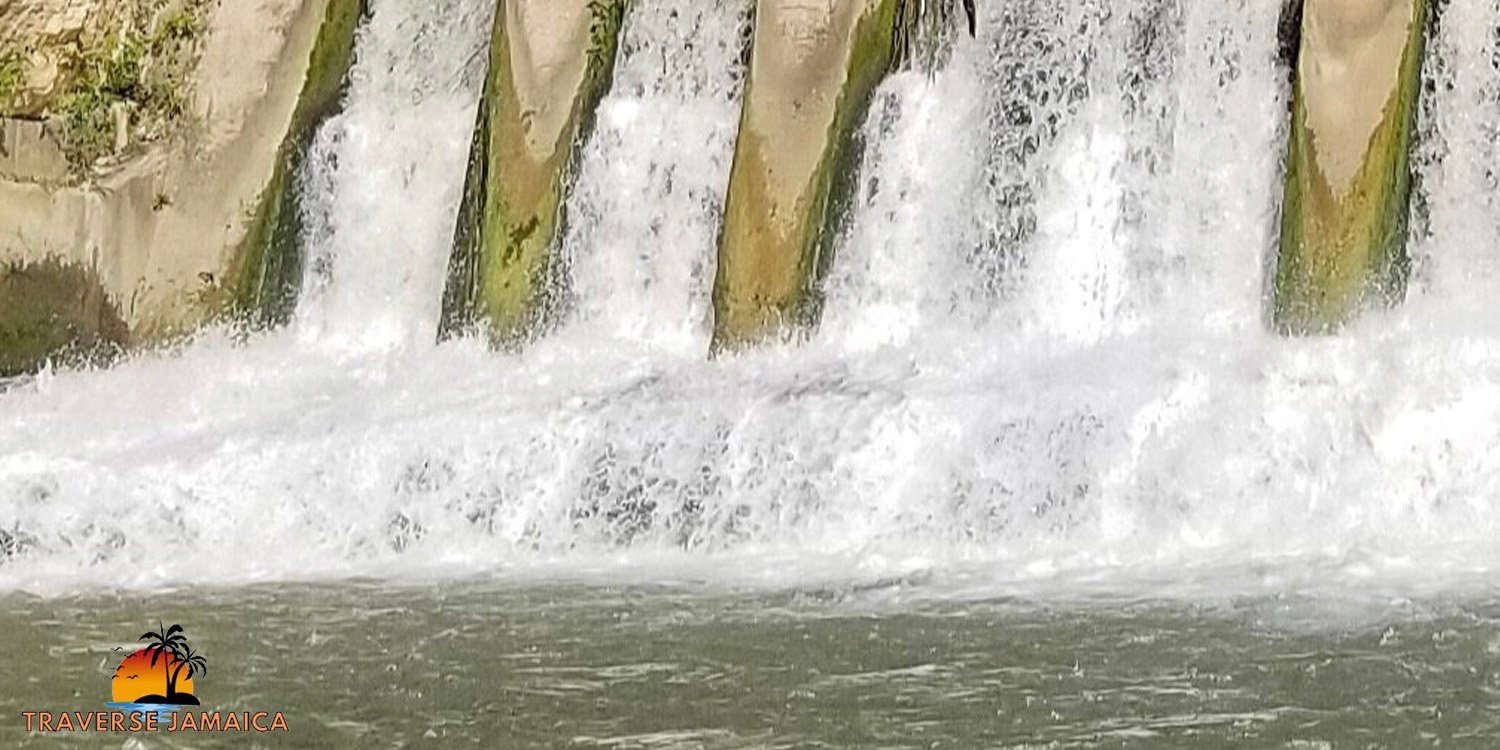The Rio Cobre Dam is one of Jamaica’s historical engineering marvels, holding a special place in the island’s industrial and environmental history. Located in the parish of St. Catherine, near the town of Bog Walk, the dam is not only a popular historical site but also among the first hydroelectric power sources in Jamaica. Its story reflects the country’s journey toward modernization, the challenges of harnessing natural resources, and the efforts to preserve Jamaica’s unique landscape.
In this article, we’ll dive into the significance of the Rio Cobre Dam, its historical background, and its role in Jamaica’s energy sector.
1. Historical Background of the Rio Cobre Dam
The Birth of Hydroelectric Power in Jamaica
The construction of the Rio Cobre Dam dates back to the early 20th century, a period when Jamaica was expanding its infrastructure to support economic growth. During this era, Jamaica, like many other countries, was transitioning from traditional energy sources to more modern ones. The introduction of hydroelectric power offered a more sustainable and efficient solution to the country’s energy needs.
Engineering Feat and Design
The dam itself is an engineering marvel for its time. Built across the Rio Cobre River, it was strategically located in an area known for consistent water flow. The design included channels and conduits to direct water through turbines, which, in turn, generated electricity. The early structure may seem basic by today’s standards, but it was among the most advanced technology available at the time and set a precedent for future energy projects in the Caribbean.
Opening the Way for Industry
The establishment of the Rio Cobre Dam provided a significant boost to Jamaica’s industrial growth. For local communities, the dam not only represented innovation but also created new opportunities for development. Many towns nearby saw advancements in their infrastructure as electricity became more readily available.
2. The Role of the Rio Cobre Dam in Jamaica’s Energy History
Hydroelectric Power’s Significance in Jamaica
The Rio Cobre Dam played an integral role in supplying electricity to Jamaica during a time when other forms of power generation were still limited on the island. Its construction demonstrated the viability of hydroelectric power in the Caribbean, encouraging further investments in renewable energy resources.
Technological Impact and Advancements
The dam’s development also paved the way for technological advancements in Jamaica’s energy sector. Inspired by the dam’s success, other hydroelectric projects began to emerge, and the Jamaican government took a keen interest in the renewable energy sector. The Rio Cobre Dam became an example of how renewable energy could be harnessed and used sustainably on the island.
3. Environmental and Cultural Significance of the Rio Cobre Dam
A Scenic and Historic Attraction
Nestled in the lush greenery of the Rio Cobre Valley, the dam attracts visitors who are drawn to its scenic views and the serene environment surrounding it. The area is known for its beautiful landscapes, with the river and dam set against a backdrop of tropical vegetation and rolling hills. This natural beauty, combined with its historical importance, makes the Rio Cobre Dam a popular tourist destination.
Preserving the Dam’s Legacy
Today, the Rio Cobre Dam holds a special place in the hearts of many Jamaicans as a symbol of resilience and ingenuity. Efforts have been made to preserve this historical site, balancing its function as a power source with the need to protect its cultural heritage and surrounding ecosystem. By maintaining the dam, Jamaica acknowledges the contributions of early engineers and workers who helped shape the country’s modern energy sector.
4. The Rio Cobre Dam and Modern Jamaica
Evolving Energy Needs and Renewables
While the Rio Cobre Dam may no longer be the primary source of hydroelectric power in Jamaica, it remains a testament to the country’s commitment to renewable energy. Today, the Jamaican government is investing in various forms of sustainable energy, including wind, solar, and modern hydroelectric projects. The Rio Cobre Dam serves as a reminder of Jamaica’s early strides toward energy independence and environmental sustainability.
The Dam’s Place in Historical Tourism
Tourism in Jamaica has expanded to include historical and eco-tourism, and the Rio Cobre Dam has become a point of interest for those exploring the island’s industrial history. Visiting the dam allows tourists to connect with a piece of Jamaica’s past, witnessing firsthand the legacy of early energy innovations that contributed to the nation’s growth.
5. Visiting the Rio Cobre Dam: What to Expect
Practical Information for Visitors
Located in the scenic Bog Walk Gorge, the Rio Cobre Dam can be easily accessed from Kingston, making it an ideal day trip for history buffs and nature enthusiasts. The dam is surrounded by natural beauty, including riverside walking trails and spots for relaxation and picnicking.
Local Attractions
In addition to the dam, visitors can explore nearby attractions such as:
- The Bog Walk Gorge: A stunning passageway through limestone cliffs, famous for its dramatic scenery.
- Flat Bridge: An iconic one-lane bridge over the Rio Cobre River, steeped in Jamaican folklore.
- Caves and Nature Trails: The surrounding area is dotted with small caves and trails, ideal for those interested in exploring Jamaica’s flora and fauna.
These attractions make a trip to the Rio Cobre Dam an immersive experience that combines history, nature, and local culture.
Conclusion
The Rio Cobre Dam stands as a historical landmark, representing one of Jamaica’s earliest ventures into renewable energy. From its role in powering local industries to its significance as a modern tourist destination, the dam continues to be a symbol of innovation and sustainability. Visitors to the dam not only witness a feat of early engineering but also connect with a meaningful part of Jamaica’s journey toward modernization.
For anyone looking to explore Jamaica beyond its beaches and resorts, the Rio Cobre Dam offers a fascinating glimpse into the island’s industrial history and a chance to appreciate the natural beauty that surrounds this iconic structure.









